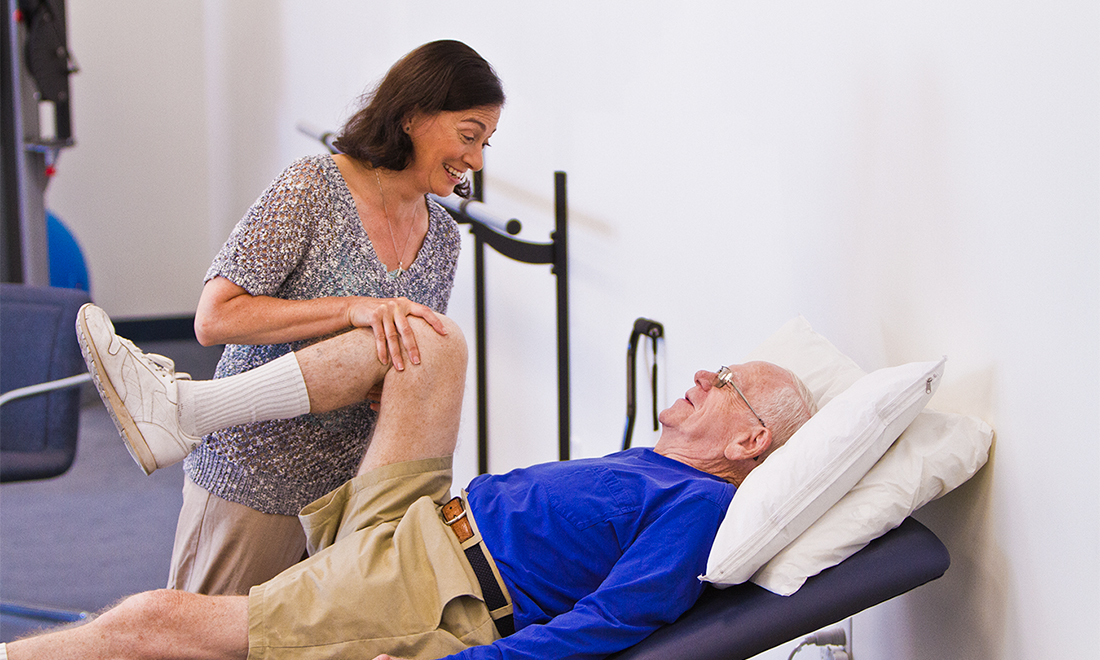Efficient Approaches to Minimize the Risk of Sudden Injuries in Athletics Through Focused Preventive Tactics
Efficient Approaches to Minimize the Risk of Sudden Injuries in Athletics Through Focused Preventive Tactics
Blog Article

Acute traumas in sports can occur unexpectedly and frequently lead to critical problems for players. These traumas can vary from twists and strains to fractures and head injuries. To help prevent these traumas, it is crucial to adopt focused preventive strategies. These strategies focus on education, proper preparation, equipment use, and overall health maintenance. By tackling these key areas, athletes can significantly reduce their chances of suffering from acute traumas while participating in their beloved activities.
One effective method to minimizing the likelihood of injuries is through education. Athletes, trainers, and guardians should be educated about the typical types of traumas associated with specific sports. Understanding the dynamics of these traumas allows all involved to recognize the signs and symptoms early. Educational workshops or seminars can assist teach athletes about correct techniques and the significance of preparing up before games or practices. This understanding enables athletes to take charge for their safety and motivates them to express any worries about potential injuries.
Another crucial protective strategy is proper training. Athletes should engage in a well-rounded training program that centers on building strength, flexibility, and endurance. Strength training helps build the muscle groups that stabilize joints, reducing the chances of injuries. Flexibility exercises, such as elongating, can enhance the range of motion and decrease the risk of muscle tears. Additionally, athletes should include sport-specific drills that mimic game situations, which can help them become more familiar with the actions involved in their selected sport. Coaches play a vital role in developing and implementing these training programs to ensure they are safe and efficient.
The use of suitable equipment is also vital in reducing acute injuries in sports. Players should consistently wear the right equipment for their specific sport, including helmets, pads, and proper footwear. For instance, gridiron players need helmets to protect against head traumas, while football players require shin guards to shield their legs from impact. It is crucial that equipment is fitted properly and is maintained regularly to guarantee it provides the necessary protection. Trainers and guardians should encourage players to take the effort to choose and use the appropriate equipment to reduce their chances of injury.
In addition to education, training, and gear, upholding overall well-being is crucial for trauma avoidance. Athletes should emphasize adequate nutrition, hydration, and rest to keep their bodies in top condition. A nutritious diet rich in vitamins and minerals helps facilitate muscle recovery and overall physical performance. Staying hydrated is also crucial, as dehydration can lead to fatigue and heighten the risk of traumas. Lastly, achieving enough sleep is crucial for navigate to this website recovery and upholding focus during training sessions and games. By encouraging good well-being habits, athletes can improve their effectiveness and reduce their risk of suffering from acute injuries.
In conclusion, minimizing the likelihood of acute injuries in athletics requires a multifaceted method that includes awareness, adequate preparation, suitable gear, and overall well-being maintenance. By concentrating on these specific protective strategies, players can more effectively safeguard themselves from the risks of traumas. Coaches, guardians, and players all have vital roles to fulfill in creating a secure athletics environment. By cooperating together and emphasizing protection, the enjoyment of sports can continue without the interruption of painful traumas.